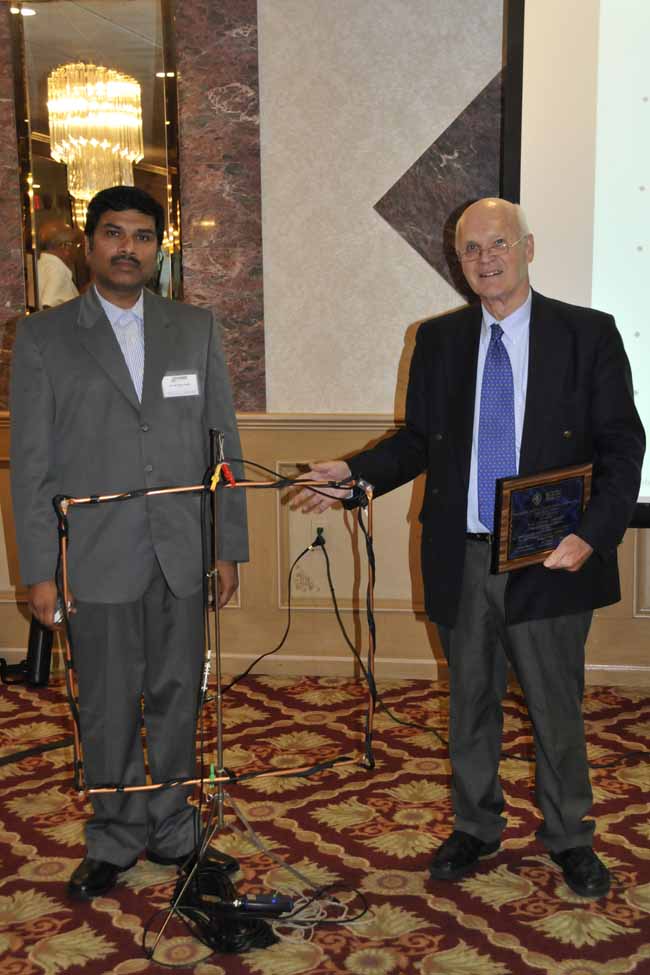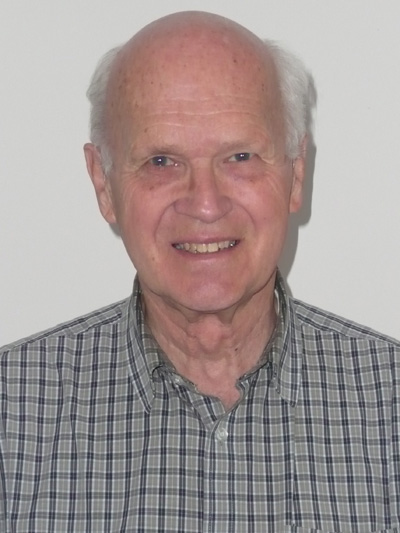Demonstration of the Future of Electromagnetics, Antennas & Propagation
 Abstract – The experimental discovery of ‘Electromagnetic Coupling, and its physical properties, has opened up new avenues in the Science and Engineering of Electromagnetics, Antennas and Propagation.
Abstract – The experimental discovery of ‘Electromagnetic Coupling, and its physical properties, has opened up new avenues in the Science and Engineering of Electromagnetics, Antennas and Propagation.
Date and Time
Location
Hosts
Registration
Speakers
 Prof. Michael Underhill of CEO, Underhill Research Ltd
Prof. Michael Underhill of CEO, Underhill Research Ltd
Demonstration of the Future of Electromagnetics, Antennas & Propagation
Biography:
Bio: Prof Michael J (Mike) Underhill, MA, PhD, FREng, FIET, MIEEE, FRSA, MRSGB
Mike Underhill received an MA in Physics at Oxford in 1960 and a PhD in Electronics at Surrey in 1972 (thesis: Control of Focused Electron Beams for Microcircuit Manufacture). He became a Fellow of the Royal Academy of Engineering (FREng) in 1993; belonged to FIET (FIERE and then FIEE) since 1982 and MIEEE since 2002; and has been a Fellow of the Royal Society of Arts (FRSA) since 1992.
Mike has 31 years of experience in industry (Philips Research and Defence, MEL, and Thorn-EMI Sensors), 13 years in academe at the University of Surrey, and over 25 years of experience in advising MoD, mainly through DSAC. At MEL and Thorn-EMI, he was a company board level Technical Director and Engineering Director, respectively. At Surrey, he was Head of (EE) Department and then Dean of Engineering, before retirement in 2004. Until its closure in 2010, he was Chairman and Research Director of Toric Limited, an SME offering ‘embedded jitter suppression’. He is currently CEO of Underhill Research Limited since 2004, offering ‘scientific research services’ to MoD, industry and academe. He has 50 patents and over 80 papers. His research interests include oscillators, clocks, phase noise, and time jitter; RF electronics; electromagnetics, antennas, and propagation; communications, radar, and remote sensing; and complexity, information, systems, and applied control theory. The main research focus at present is on the wider application of electromagnetics throughout physics and presents and publishes frequently in PIERS conference proceedings in this connection. Currently, he lectures at the University of Surrey on Short Courses in Radar, RF, Microwaves, Antenna and Propagation. He is a longstanding contributor to the European Frequency and Time Forum (EFTF).
He has been a member of the RSGB and an active radio amateur for over 55 years. His other hobbies are travel, playing jazz keyboards, and ‘hack and bash’ gardening.
Email:
Address:United Kingdom, 07504
Prof. Michael Underhill of CEO, Underhill Research Ltd
Demonstration of the Future of Electromagnetics, Antennas & Propagation
Biography:
Email:
Address:United Kingdom
Agenda


 Add Event to Calendar
Add Event to Calendar